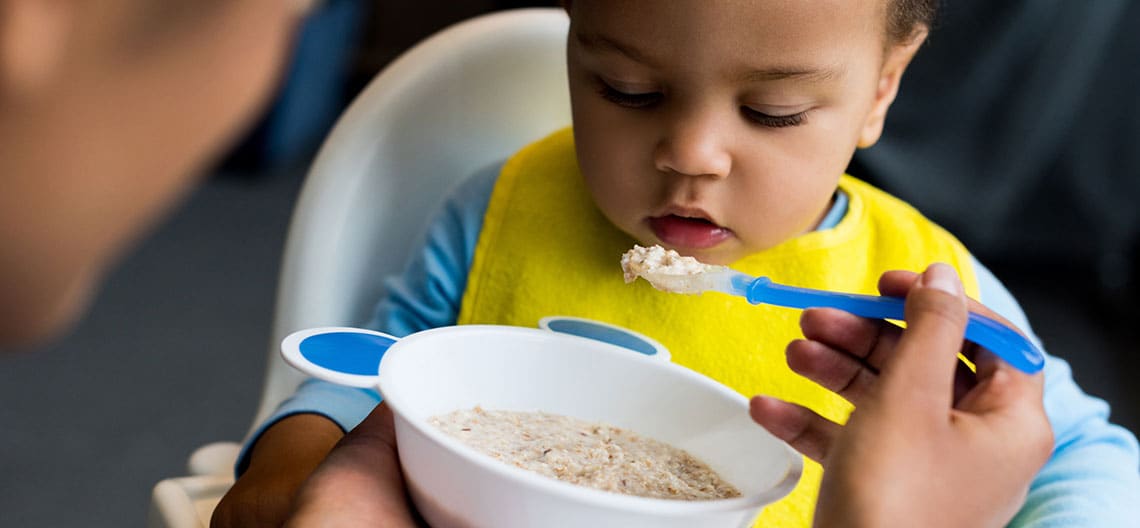FEEDING
THERAPY
Pediatric Feeding Therapy in Lakewood Ranch, Bradenton, and Sarasota, FL
Is your son or daughter a “picky eater”—or is it something more? Ease your mind and discover solutions that will help your child grow up strong and develop healthy eating habits with our speech language pathologists at TPI.
Food, Feeding, and Growing Kids
It doesn’t take long for young children to develop dietary preferences as they transition from puréed baby foods to table foods. Temperatures, colors, smells, textures, and even food presentation can all influence whether your child will try and like new foods. But while some dietary preferences are attributed to “picky eating,” certain behaviors during mealtimes can indicate swallowing and feeding disorders, which are problems with a person’s ability to move food or liquid from the mouth, throat, or esophagus into the stomach.
Did you know? There are three main phases of eating, as described by the Speech–Language–Hearing Association (ASHA):
- Feeding/oral phase: sucking, chewing, and moving food or liquid into the throat
- Pharyngeal phase: swallowing and bringing food or liquid down the throat
- Esophageal phase: opening and closing the esophagus so that food can pass into the stomach
A child with a feeding or swallowing disorder may have trouble with one or more of these three phases. If you’re concerned about your child’s feeding, let our team of experts help you understand their current challenges.


When it’s more than “picky eating.”
A child might have a feeding or swallowing problem if they exhibit any of the following signs or symptoms:
Parents of kids with feeding and swallowing problems may also report feeling as if mealtimes are “battles.” They might need to offer several meal options or start to worry that their kids are “picky eaters” even as young as two years old.
There’s no question that swallowing and feeding disorders are difficult for children and caregivers. If left untreated, these disorders can also lead to complications like dehydration, malnutrition, aspiration (when food or liquid gets into the airway), lung infections, and a negative perception of food.
If your child has feeding difficulties, early diagnosis and treatment can have a tremendous impact on their health and quality of life—but it’s never too late to seek professional help.
What is Feeding & Swallowing Therapy?
Feeding and swallowing therapy is a specialty offered by licensed speech language pathologists (also called speech therapists). Our Bradenton, Lakewood Ranch, and Sarasota speech language pathologists help tease out the underlying causes of pediatric feeding disorders, which can include prematurity, nervous system disorders, facial muscle weakness, sensory issues, congenital disorders, and autism.
After your child’s initial evaluation, your child’s feeding specialist will be able to develop a custom treatment plan that can address your child’s feeding and swallowing needs. From exploring new textures and tools to strengthening facial muscles, pediatric feeding therapy can help your child eat safely, successfully, and with greater confidence and enjoyment!

Are You Interested in Swallowing or Feeding Therapy for Your Child?
If you are worried that your child is more than a “picky eater,” we invite you to consult with one of our experienced speech language pathologists, serving Bradenton, Sarasota, and Lakewood Ranch FL. Our highly trained specialists can help you determine whether your child is going through a typical phase or could benefit from additional intervention. Call TPI today at 941-758-3140 to schedule an evaluation today.







